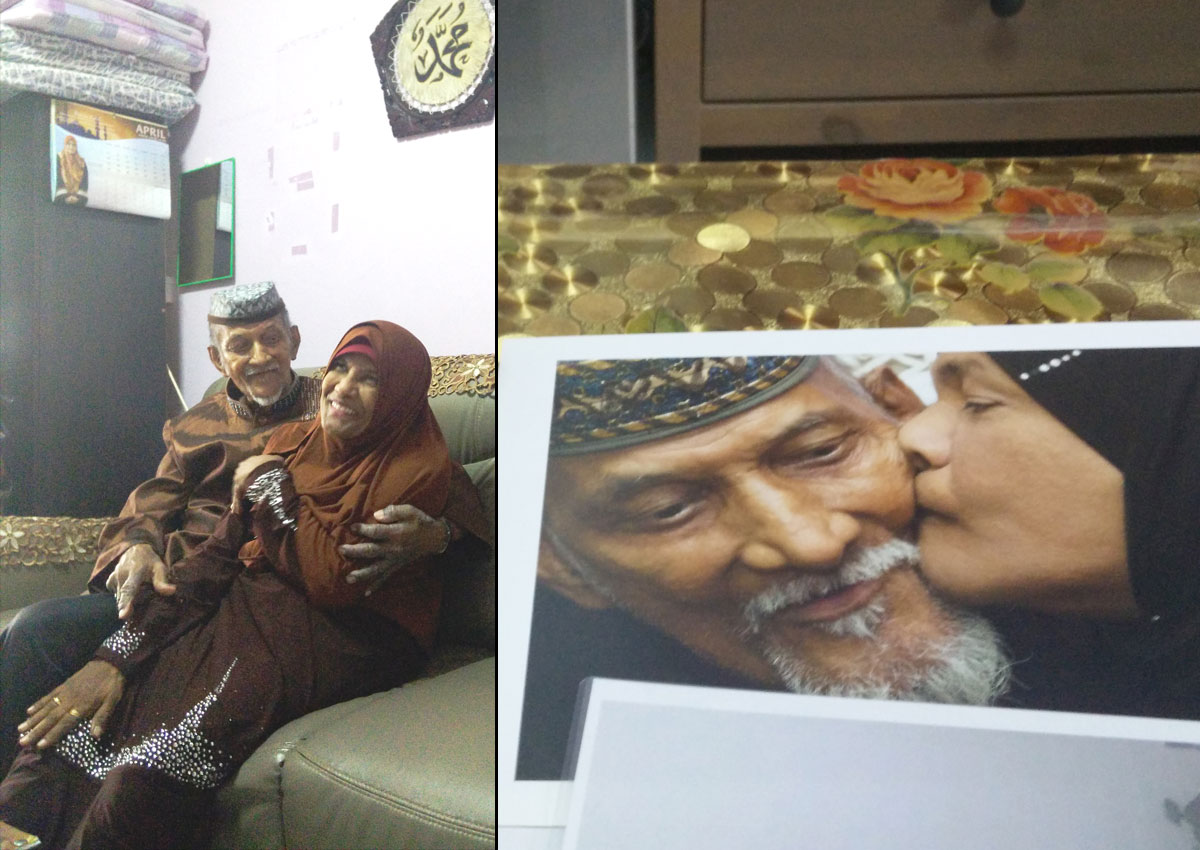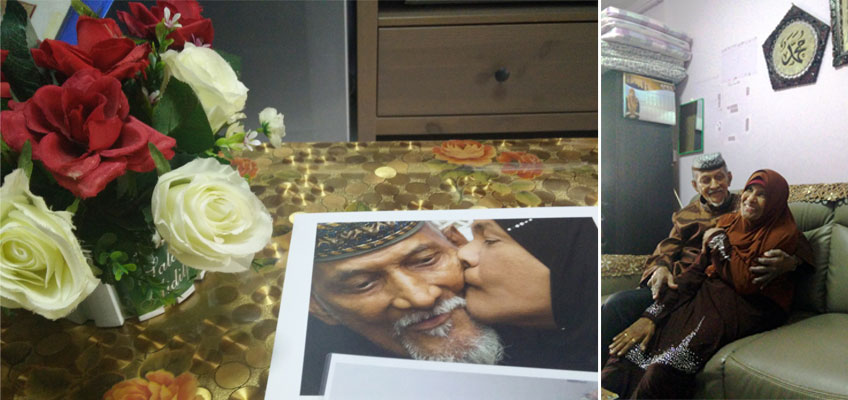Surviving on $1.50 daily seems like an impossible task today, but in the 1960s, it was enough for Mr Shabbeer Ahmed Bin Saleh, who had to contend with hot and tiring work conditions building HDB flats.
In the 1960s, unemployment was high and the youths in Singapore were restless. There was an urgency to develop Singapore.
These are some scenes etched vividly in the swirling memories of Mr Shabbeer, who recounted his trying times growing up.
Work was hard to come by, and employers did not have the luxury of hiring foreign labour.
Ever the pragmatist, then-Prime Minister Lee Kuan Yew created Singapore’s Workers’ Brigade to provide meaningful jobs for these unemployed youths, who were deployed to do work considered menial today.
Mr Shabbeer, then 21 years old, remembers how he was “packed with 40 people onto a lorry” and sent to training camps in Mandai in 1961.
“It was tough work. We had to dig the drains with the cangkul and make cement,” Mr Shabbeer recounted, referring to the digging tool used to pile the soil.
In a May 26, 1960 article, Australian daily The Age described the novel concept of the Workers’ Brigade as Singapore’s “army without guns”, galvanising the spirit of the Singapore youth.
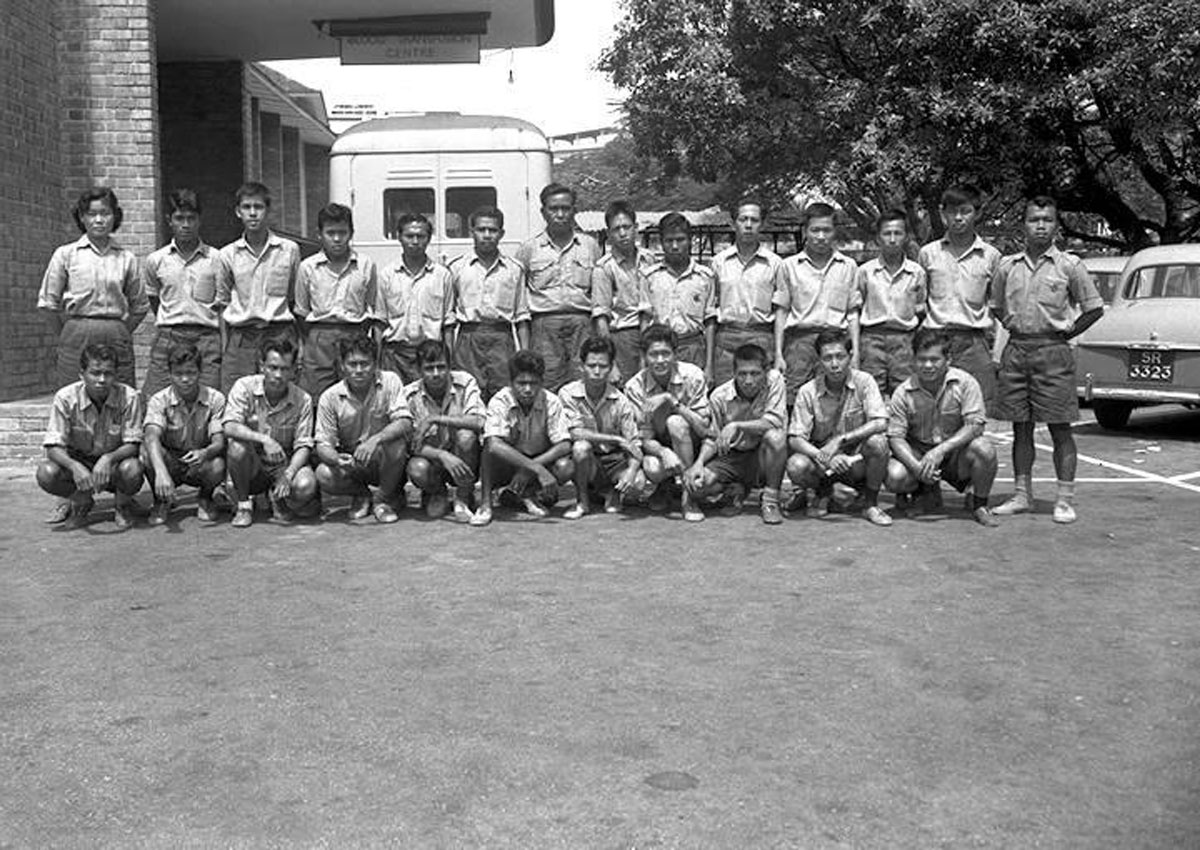
Members of the Workers’ Brigade at the Singapore General Hospital donating their blood, in this file photo taken on Nov 12, 1960. PHOTO: SPH
Youths like Mr Shabber were tasked to lay the foundations of modern day Singapore – roads, drains, and clearing large swathes of forestation for industrial sites for a fledging economy.
Having lived through the tumultuous years of the 1960s, the 76-year-old pioneer still exudes an air of energy.
Years of backbreaking work has affected his walking, and he now requires home nursing attention for his inflamed varicose veins and leg wounds.
Despite the pain, the hospitable septuagenarian still walks with a cheerful gait, hurrying to buy packets of Milo for me before the interview started at his one-room flat in Clementi.
The son of Pakistani immigrants, Mr Shabber now stays in a spartan one-room flat with his wife, Mdm Meharunnisa Binte Syed Kassim, 67, whose parents also hail from Pakistan.
Despite being married for 47 years and counting, their courtship was saddled with difficulties.
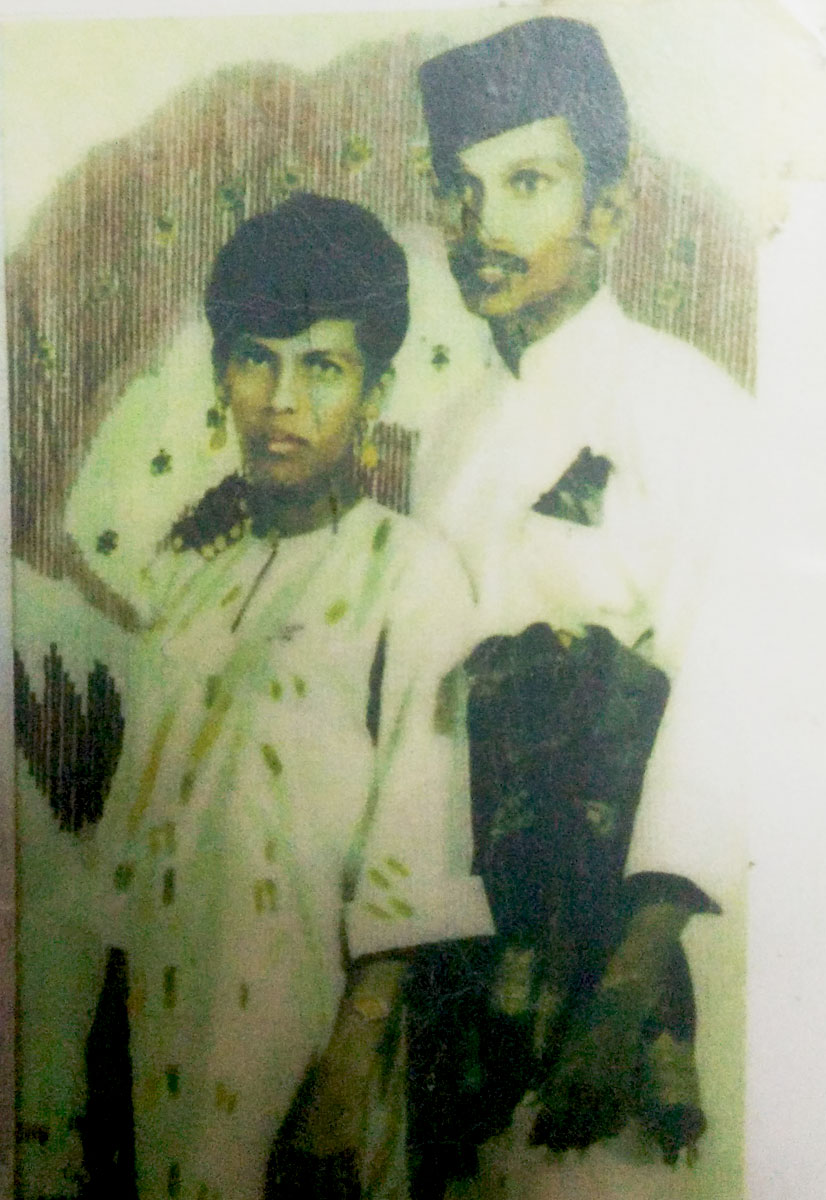
“My family did not like her,” Mr Shabber said as a matter-of-factly.
“I was not sure (about the relationship) also, because I wanted to make sure that whoever was marrying me was willing to take care of my (ailing) mother.”
It took rounds of negotiations between both families and convincing from the couple before they were finally allowed to marry and start their family.
Raising five children was tough, but the couple preserved.
The veteran of the Workers’ Brigade continued working for 25 years, while Mdm Kassim worked at the Housing and Development Board (HDB) for a decade doing administrative work.
Besides working at construction sites building HDB flats in the early years of Singapore’s independence, Mr Shabbeer was also deployed to work at Singapore General Hospital’s mortuary, a job which terrified him greatly.
“I was so scared working at the mortuary, so I pleaded to be transferred away,” Mr Shabbeer said.
After the disbandment of the Workers’ Brigade, Mr Shabbeer continued working odd jobs, such as a petrol pump attendant.
His five children are now in their late 30s and 40s with their own families.
As age caught up with Mr Shabbeer and Mdm Kassim, their children chipped in to hire a maid to look after the elderly couple.
Mdm Kassim has diabetes and is also suffering from Parkinson’s disease.
Nurses from the Home Nursing Foundation (HNF) have been visiting Mr Shabbeer and wife weekly to nurse the wound on his legs, and to prepare the medication for Mdm Kassim, packed in large pill boxes.
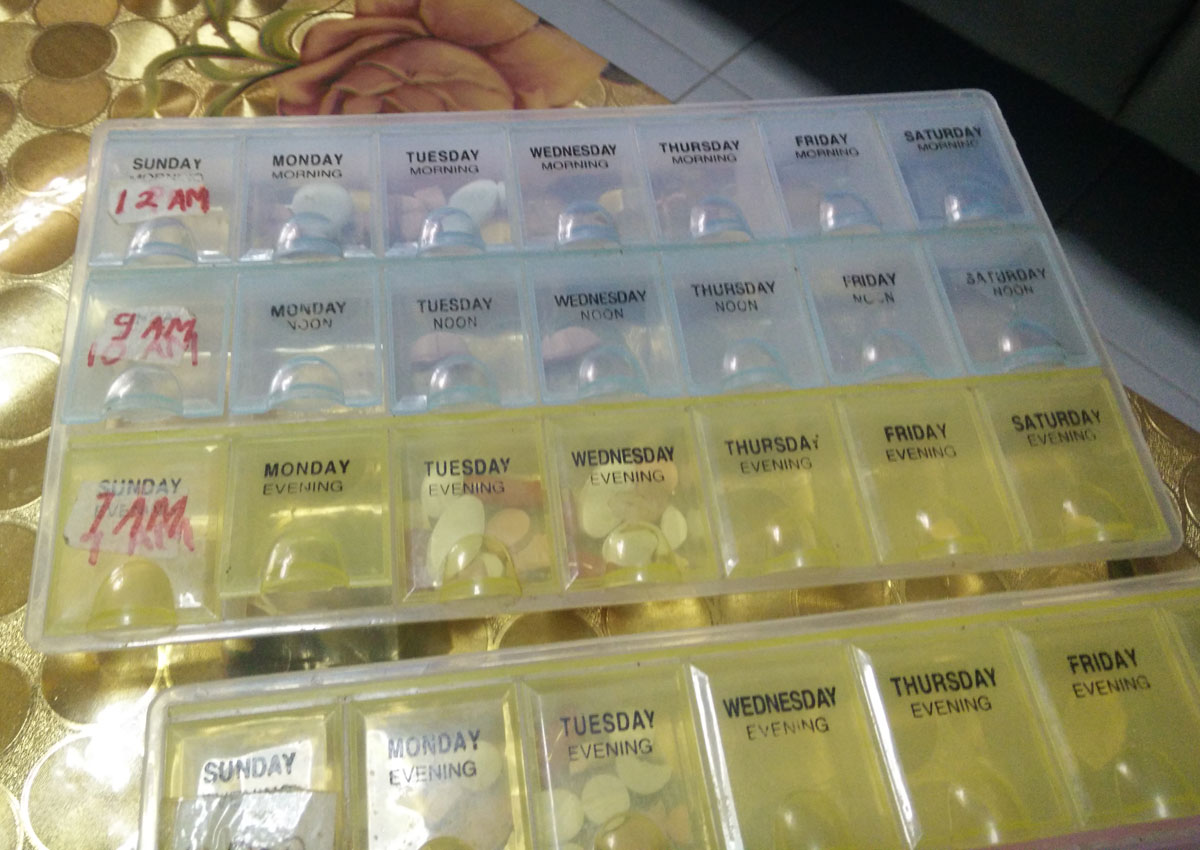
“This [home nursing] is more convenient for me. I don’t need to walk around so much,” the grandfather said of the nursing arrangement by HNF.
During their visits to the couple’s house, and other beneficiaries, HNF nurses noticed that many had bare walls in their houses.
It was not long before HNF started taking photos of their patients and presenting the portraits as gifts to liven up their humble abodes.
The latest addition to Mr Shabbeer’s album collection is a photo of Mdm Kassim lovingly kissing her husband.
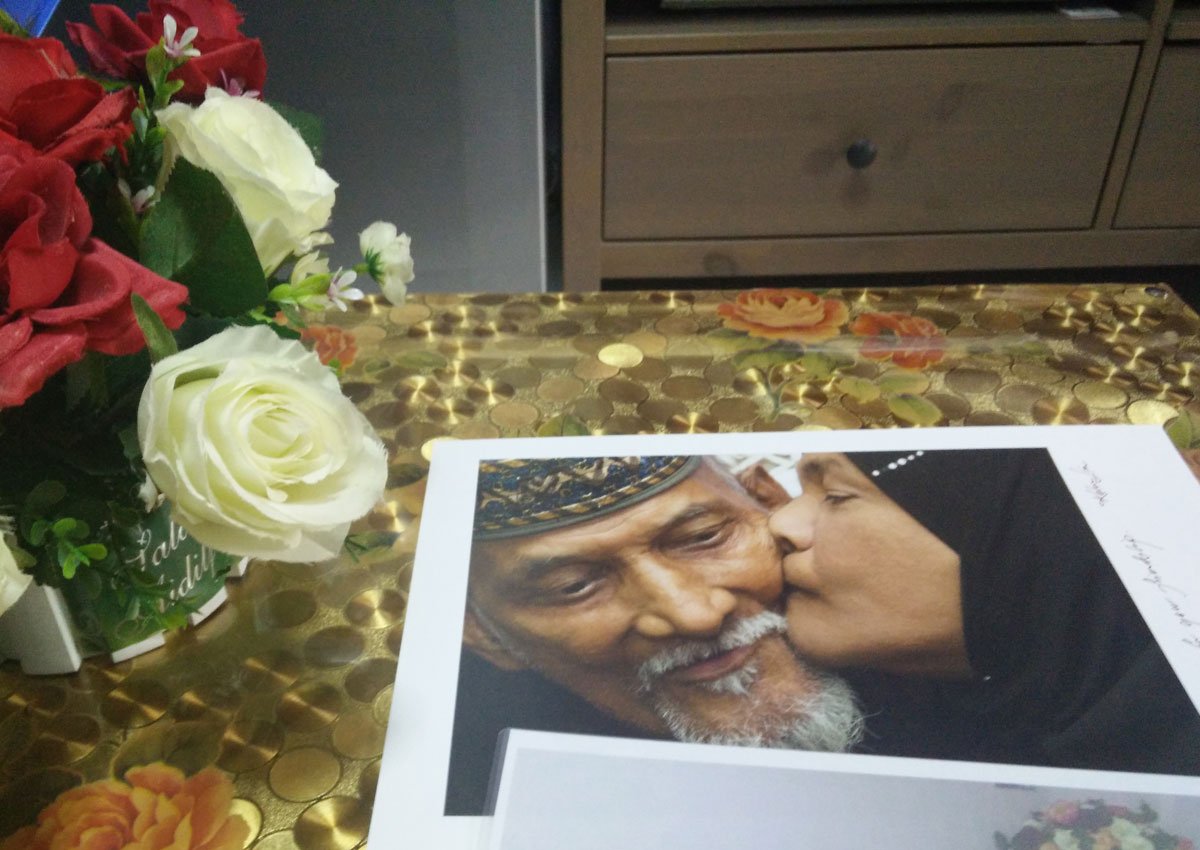
Older photos of his younger days and family are kept neatly in albums tucked beneath his television.
“I am very happy with the photo HNF took for me!” said Mr Shabbeer with a grin, as he put his arms around his wife’s shoulders and hugged her.
Embarrassed by the display of affection, Mdm Kassim turned away with a shy smile, while the hardy Mr Shabbeer broke into guffaws.
Home Nursing Foundation, Singapore’s largest home healthcare provider serving lower income households, will be screening a photo exhibition of their patients at Raffles City level 3 atrium from April 24 – 26. Admission is free
For more information, visit www.portraitsoflove.sg.
grongloh@sph.com.sg
